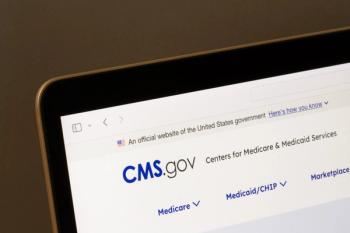
Siloed Systems Hinder Patient Care
Collaboration between health system specialty pharmacies and manufacturers can benefit patients in the long run.
When manufacturers and pharmacists work in a silo, patients can get left out of the equation. “The siloed approach to patient care…really leads to a lack of understanding of the patient journey,” said Autumn Zuckerman, PharmD, BCPS, CSP, Director, Health Outcomes at Vanderbilt Specialty Pharmacy.
In particular, it can create a lack of insight for manufacturers around what it really means for health system specialty pharmacies and patients to take specialty medications—from the insurance approval process through remaining adherent to their treatment. This, Zuckerman said, can lead to manufacturers developing strategies such as hub models that are well-intentioned, but ultimately create more barriers to access.
“One example is setting up patient assistance programs that have a very cumbersome process to enroll patients in them,” Zuckerman said, which uses pharmacist and clinic resources that could be better directed elsewhere.
A siloed workflow also raises barriers around data collection: “There are a lot of data reporting requirements from manufacturers, which are needed and [are] helpful for them to see,” Zuckerman said. “But, we have so much more data that we could provide that is actually meaningful and useful if we can break down those silos and really understand what data capabilities we have…and share that with manufacturers.”
Zuckerman sat down with Drug Topics at AXS24, the Asembia Specialty Pharmacy Summit, held April 28 to May 2 in Las Vegas, Nevada.
Newsletter
Pharmacy practice is always changing. Stay ahead of the curve with the Drug Topics newsletter and get the latest drug information, industry trends, and patient care tips.





















































































































































